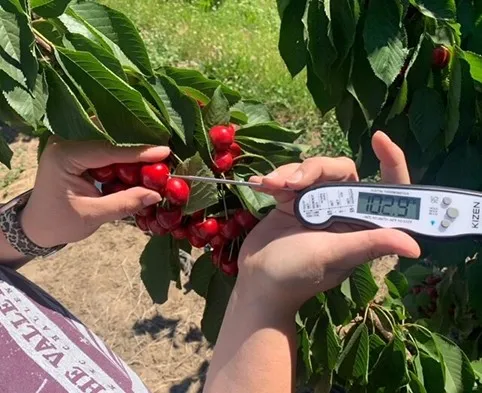
Researchers highlight the importance of implementing strategies to combat heat stress, as rising temperatures above 28º C without water renewal could be lethal for many cultivated species in the region, such as blueberries, European hazelnuts, cherry trees, among others.
Faced with the high temperatures and levels of radiation expected for this summer season, specialists from the INIA Quilamapu Regional Center of the Agricultural Research Institute (INIA) suggest recommendations to farmers and fruit growers to mitigate the effects of heat stress on their crops.
These guidelines emphasize the importance of adopting strategic measures to protect crops and ensure the sustainability of agricultural production (fruit trees) in the Ñuble region (Chile), where climate change poses an increasing challenge.
Regarding the above point, INIA researcher and climate risk specialist Raúl Orrego stated that “climate change, combined with the likely influence of the La Niña climate phenomenon, makes it predictable to have a summer, particularly with high temperatures and heat waves in Ñuble,” whose consequences translate into “a huge challenge for farmers, as fruits could suffer irreversible damage," added Carla Hahn, INIA Quilamapu researcher and post-harvest specialist.
“High temperatures can physiologically affect crops. This also depends on the species, the duration of the phenomenon, and the phenological state (phase of the reproductive cycle the plant is in). It is generally accepted that temperatures around 30 °C can generate a level of stress in plants,” warned Orrego.
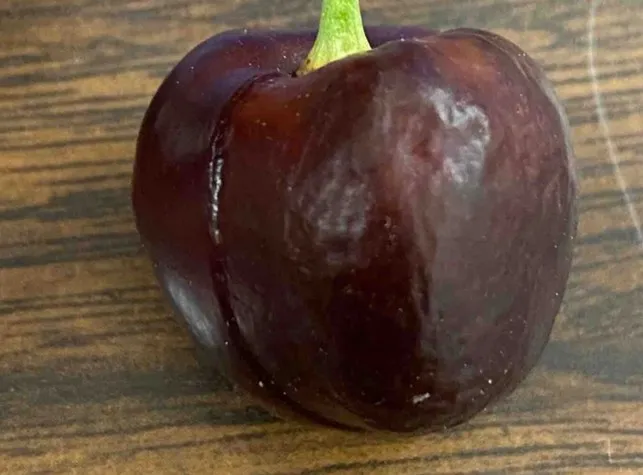 Image 1: Sunburn damage on a cherry tree.
Image 1: Sunburn damage on a cherry tree.
Jorge Retamal, INIA researcher and head of the project "Resilient and sustainable fruit growing for climate changes in the Ñuble region," explained that, while it is true that an increase in average temperatures (25 °C) can accelerate the vegetative and productive development of different fruit species, and even speed up their ripening process.
"But when these temperatures exceed 28º C without water renewal, they could be lethal for many species cultivated in the region (blueberries, European hazelnuts, cherry trees, among others)."
"Crops like pistachios and olives are more resistant to heat when temperatures (above 30º C) are expected for this season, but others, like blueberries and cherry trees, show physiological damage even from noon onwards," he added.
Specific preventive measures
To mitigate these effects of high temperatures and heat waves (above 30º C), experts recommend specific measures. “It is essential to adapt irrigation to the early hours of the day, the time of greatest photosynthetic activity,” emphasizes Yesica Salvadores, INIA Quilamapu researcher.
Additionally, she highlighted the importance of using sunscreen, such as kaolin, and protective nets, which reduce direct radiation on fruits and leaves.
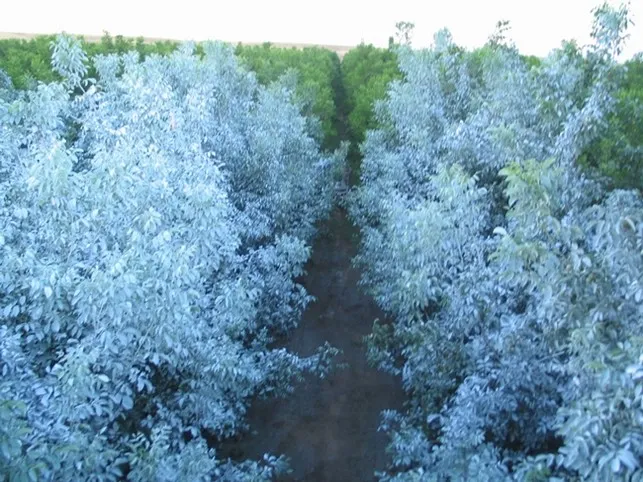 Image 2: Tree canopy treatments with kaolin-based compounds.
Image 2: Tree canopy treatments with kaolin-based compounds.
Proper management of harvesting and post-harvesting is also crucial. "The quality of the fruit is directly related to the temperatures during harvest and storage. Opting for nighttime or early morning harvesting significantly improves the consistency of the fruits," highlighted Jorge Retamal.
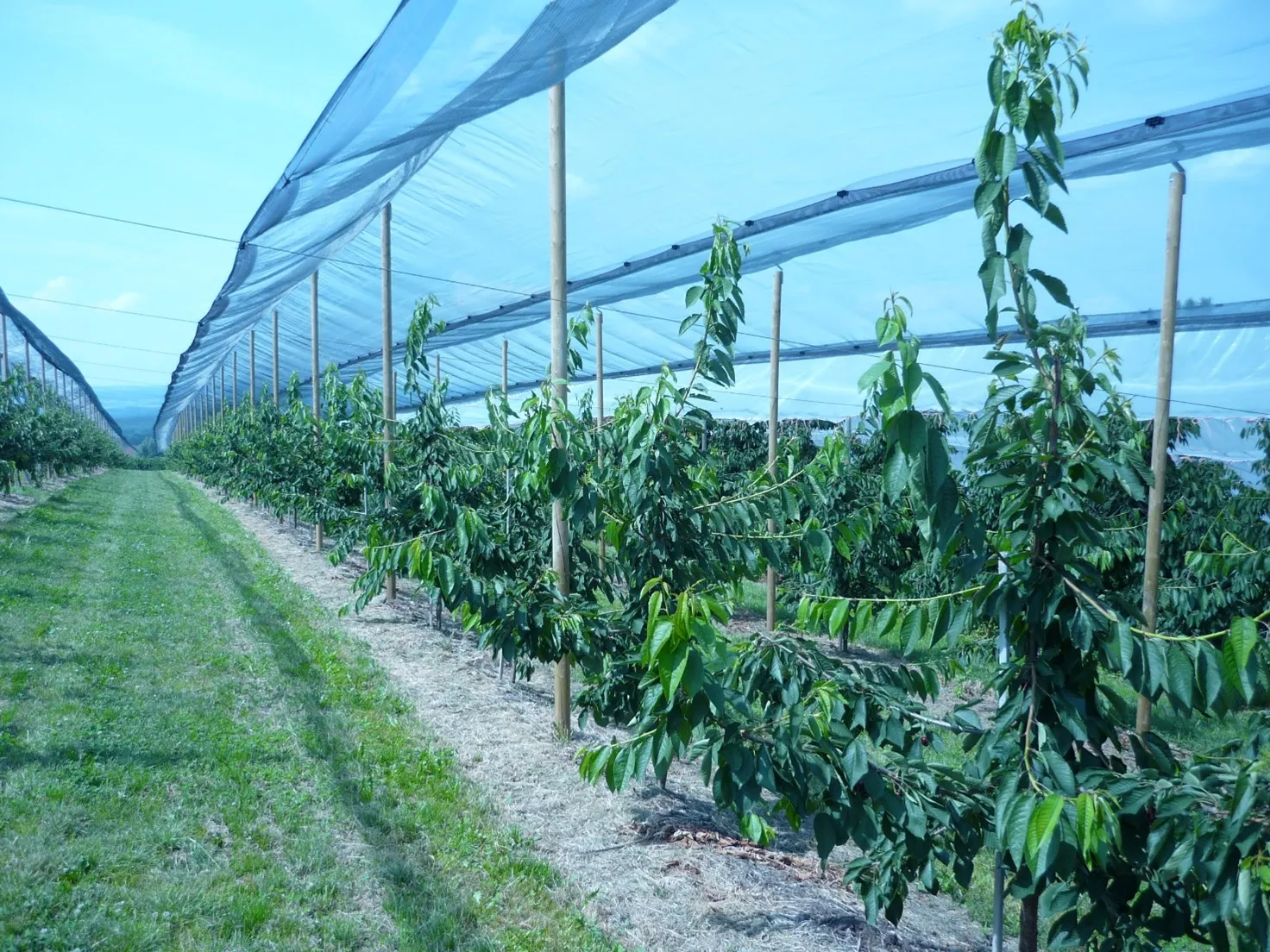 Image 3: Anti-hail covers help mitigate unwanted effects of high temperatures.
Image 3: Anti-hail covers help mitigate unwanted effects of high temperatures.
“In the case of post-harvest, it is crucial to store the fruits in cool places, away from direct sunlight, to avoid dehydration and loss of commercial value. During fruit harvest, it is essential to lower the temperature, using water, air, cooling rooms, shades, among others,” advises Carla Hahn. “It is important to consider that each fruit has its own storage requirements, so it is necessary to consider adequate temperature, humidity, and ventilation,” she added.
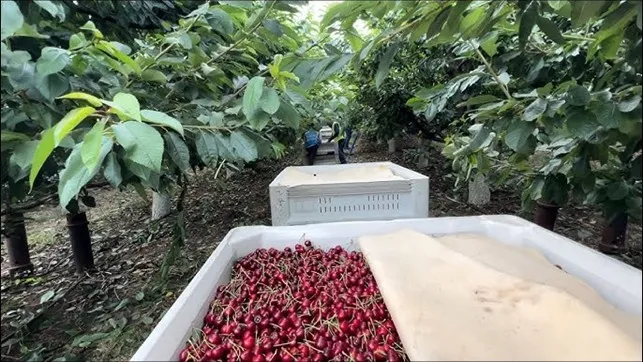 Image 4: In post-harvest, fruits must be protected from direct sunlight.
Image 4: In post-harvest, fruits must be protected from direct sunlight.
The Ministry of Agriculture has a national climate monitoring system, accessible on the National Agroclimatic Network (https://alertas.agromet.cl/monitoreo), in which INIA professionals participate. This system allows anticipating extreme thermal events and planning agricultural activities appropriately.
Recommendations for fruit growers to manage heat stress in the face of heat waves and high temperatures
Proper irrigation:
- Irrigate early in the morning, when plants have greater photosynthetic activity.
- Ensure deep and efficient irrigation to avoid water stress.
Use of sunscreens:
- Apply kaolin to crops to reduce direct radiation on leaves and fruits.
- Install protective nets to reduce the impact of radiation and high temperatures.
Harvest management:
- Avoid harvesting fruits during the hottest hours.
- Prioritize nighttime or early morning harvests to preserve fruit quality.
Post-harvest:
- Store fruits in cool, shaded places to prevent dehydration and loss of consistency.
- Implement rapid cooling systems after harvest to extend product shelf life.
Specific strategies depending on crop type:
- More sensitive crops like blueberries, cherries, and raspberries require greater attention, as they may show physiological damage due to excessive radiation and heat.
- For more tolerant species like pistachios and olives, ensure proper irrigation management to avoid prolonged heat stress.
Climate monitoring:
- Use the National Agroclimatic Network (RAN) monitoring system to anticipate extreme events and plan agricultural activities (harvest).
Source: Planetnuts
Images: Cole Goodwin; Redagrícola; SL Fruit Service; UC ANR
Cherry Times - All rights reserved

















